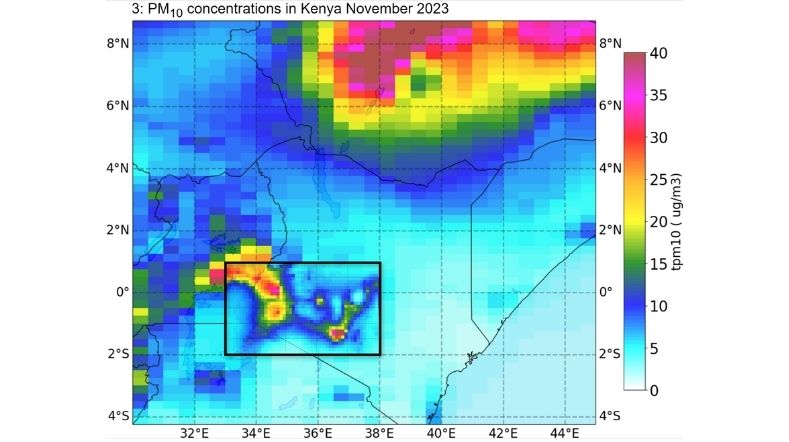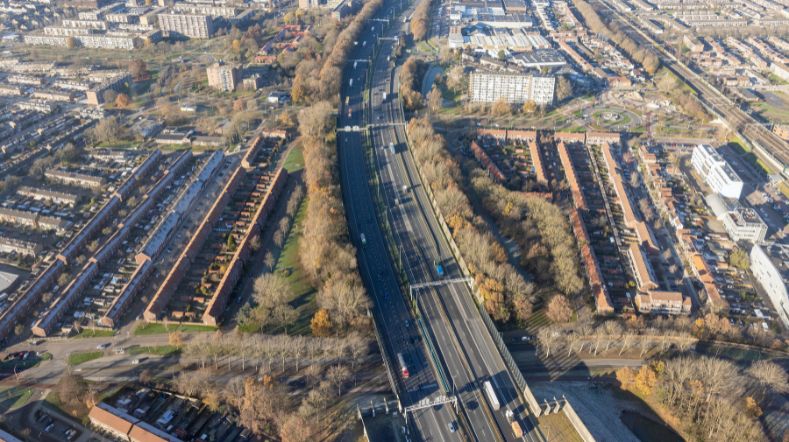
Working with residents to map wood smoke for targeted policy measures
TNO is developing a measurement method that maps wood smoke at neighbourhood level and links it to health. There is a need for this, as wood smoke may have a negative impact on health. Municipalities are seeking guidance for a targeted policy on wood burning. In a measurement pilot project with IJmond Environmental Service and Citizen Platform Hollandse Luchten, we are working with residents to map wood smoke at neighbourhood level. In a conversation with air quality expert Paula Bronsveld and Imme Ruarus, Lead Smart Citizens at Waag Futurelab, we discuss the pilot project.
Measurement data essential to identify health risks from wood burning
High energy prices have led to a surge in wood burning in recent years. The resulting wood smoke contains harmful substances – such as particulate matter, carbon monoxide (CO), volatile organic compounds, polycyclic aromatic hydrocarbons (PAHs), and soot – that can cause health problems. People with respiratory or cardiovascular diseases, as well as the elderly and children, are particularly susceptible to health problems due to smoke.
For instance, it is known that on wood-burning days, people with health complaints are more short of breath and their medication use is higher than on other days. However, it is difficult to determine individual health damage from wood smoke exposure.
‘It is not clear what conditions and frequency of exposure to wood smoke cause harm. For particulate matter, there is however a health-related standard value (WHO standard). That is why we at TNO are conducting research to identify the contribution of wood burning to particulate matter concentrations,’ says Paula Bronsveld, TNO programme manager Climate and Air Quality.
Measuring at neighbourhood level
At TNO, we have years of experience in measuring wood smoke. Our instruments can accurately measure many substances in wood smoke. But it still remains difficult to determine the direct exposure of an individual or the exact emissions of a wood-burning stove.
After all, every combustion situation is different. This makes it difficult to measure different situations in a comparable way, and to be able to test the measured value against a standard. Moreover, in the case of nuisance, several sources of combustion can often be identified as causes, making it hard to attribute any excess emissions to one of the suspected sources.
In a previous measurement campaign in 2020-2021, we did see a clear correlation between residents' complaints and neighbourhood-level measurements. Thus, by better measuring and modelling the contribution of wood smoke to air pollution at neighbourhood level, municipalities will be able to distinguish between neighbourhoods where more or less focus is needed regarding wood smoke.
‘These measurements really contribute to that purpose. What is unique about this pilot, which we’re carrying out with IJmond environmental service and citizen platform Hollandse Luchten, is that we’re mapping wood smoke in detail at neighbourhood level and making the link to health,’ says Bronsveld.
Soot as an indicator for wood burning
‘We are testing in this pilot whether we can use soot as an indicator substance for wood smoke and whether we can make the link between soot and particulate matter. For this purpose, very accurate measurements of soot, particulate matter, and a number of other substances are carried out at a central point in the municipality of Heemskerk.
In addition, there are resident measurements with a combination of soot and particulate sensors at various locations in the area, to have some idea about the spread of wood smoke. If these efforts succeed in properly making links between soot and wood fires and between soot and particulate matter, then we’ll be able to say something about the distribution and harmfulness of wood burning in a municipality,’ explains Bronsveld.
Valuable collaboration with residents
Bronsveld says: ‘The collaboration with IJmond Environmental Service and Hollandse Luchten is going very well. IJmond Environmental Service played an important role in setting up the pilot project and Hollandse Luchten is mainly organising contacts with residents. It’s very interesting to work with citizens in this way; we get a lot from it.’
Hollandse Luchten is a Waag Futurelab project launched in 2018 by the province of North Holland, focusing on citizen science and measuring the living environment with sensor technology.
‘Our goal is to give residents a platform to exchange with each other, knowledge institutes, municipalities, and government to improve the living environment,’ says Imme Ruarus, Lead Smart Citizens Lab at Waag Futurelab. This wood burning pilot project fits perfectly with Hollandse Luchten, as it, too, brings together science, society, and government.
For example, residents, together with experts from TNO and the Environment Agency, identified the questions they have about wood fires in their area and chose the locations for the sensors.
Bringing research to society and engaging with each other is of interest to scientists and residents alike. Interacting with residents gives scientists a better understanding of the problem and the local context. It is valuable for residents to increase their knowledge about wood burning, understand technology, and thereby strengthen their information position.
‘We’re keen to know the measurement results and data analysis. With these kinds of data and the ability to discuss them with scientists and the government, residents gain a grip on their living environment,’ Ruarus says.
Rolling out the measurement method
In early January 2024, three soot sensor boxes were installed at the central measurement point in Heemskerk and the first sensor box was placed at one of the residents’ homes on 30 January. More boxes will soon follow in Heemskerk, as well as in Velsen, Wijk aan Zee, and Beverwijk. The data analysis is expected to be ready before the summer and TNO will be able to share the results after the summer.
If it can be shown that the soot measurements can be linked to particulate matter measurements, it would be interesting to roll out this type of measurements in more municipalities. For example,
would the method also work well in big cities, with more particulate emissions from traffic? Ultimately, these wood burning measurements can provide municipalities with tools for setting up policies and enforcement on wood burning.
‘Perhaps in the future, on our interactive particulate matter map of the Netherlands – which shows for each municipality how many days per year the WHO standard for particulate matter is exceeded – we’ll be able to show which part of the particulate matter is caused by wood burning,’ Bronsveld concludes.
Will you join us?
We would like to set up more measurement points to get a clearer picture. Are you, as a municipality, environmental service, or civic network, interested in measuring wood smoke? If so, don’t hesitate to contact us.
Get inspired
Tracking sources of greenhouse gases with satellites


This is our time: Eleonie van Schreven’s work on small satellites with a big impact


ATACH selects TNO model for climate-related health risks in Kenya


Vacuuming the highway to reduce environmental microplastics from tyres


Making air healthier along busy roads




